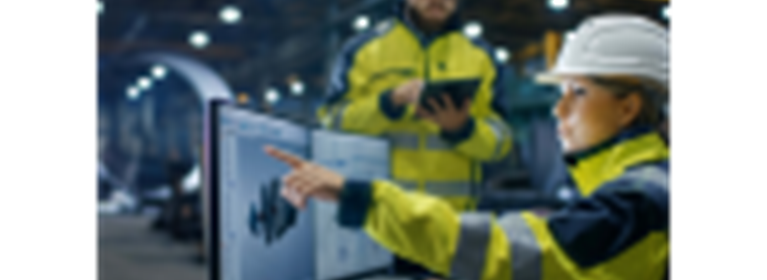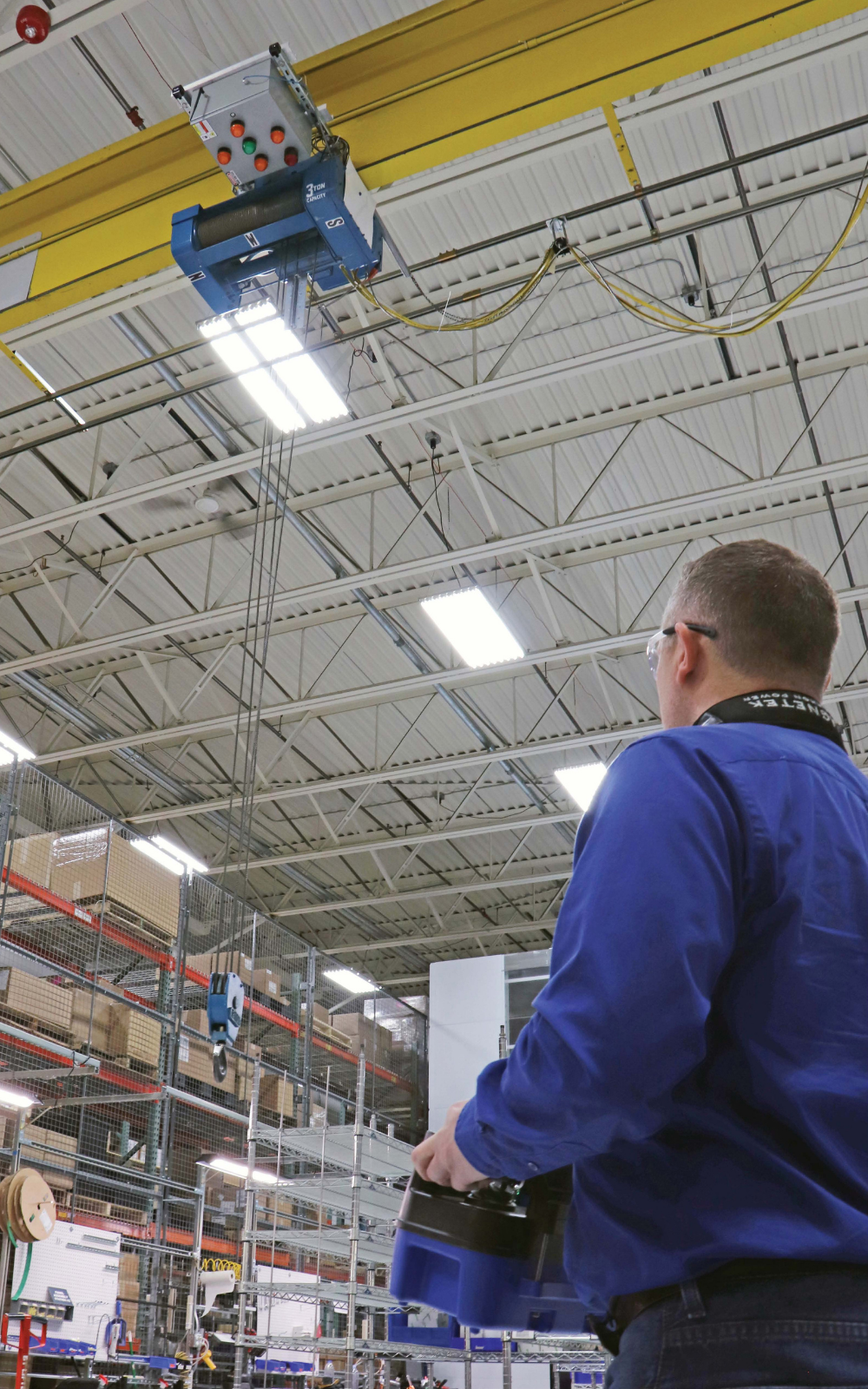
Using Automation Technology to Improve Safety, Uptime, and Productivity
Automation helps increase safety for operators and equipment and ultimately increases uptime and productivity.
Automation | Crane Systems | Industry News | By Christie Lagowski | Jan 01, 0001
At Columbus McKinnon, safety is an integral part of everything we do. From the products and solutions we develop, to the practices and processes we employ in all our facilities, safety is paramount. This dedication to safety is not only something we focus on within our company but is also something we want to bring to the customers we serve.
Automation technology is one way we are doing just that. Combining intelligent information systems with operational technology, automation can help customers build safety directly into their equipment, systems, and processes to help prevent accidents from occurring in the first place. This helps increase safety for operators and equipment and ultimately increases uptime and productivity.
Start a Conversation with Our Automation Team About Your Application
Safety Through Programmed Motions
Automated systems, like no-fly zone technology for example, allow you to designate areas where a crane should slow down or stop. This can help prevent suspended loads from colliding with equipment or injuring an operator. It also helps ensure consistent, predictable operation so workers don’t have to be in the area of automation. Personnel know where loads are traveling and can safely position themselves out of the crane’s path.
In production areas where there is a high-risk of potential injury, automation technology can help. If there are areas of the process that are critical and potentially dangerous, automation technology can be put in place to prevent stop-work injuries and accidents. It can also prevent equipment failures resulting from inconsistent or incorrect operation by inexperienced operators. For example, off-center-pick, side-pull, and snag-prevention technology detects a load misalignment or snag condition and alerts operators with a visible and audible warning before a dangerous situation occurs.
Automation technology can also improve ergonomics for operators. Systems can perform the more physically demanding work, so employees can focus on activities that require their specific skills. By reducing lifting, bending, and other strenuous activity, operator fatigue can be reduced.
Learn More About Intelli-Protect No-Fly Zone Technology
Maintenance & Troubleshooting
To simplify equipment maintenance and troubleshooting, automation technology can be used to enhance system analytics and diagnostics. This can be accomplished using a smartphone or tablet, so personnel can troubleshoot cranes right from the plant floor. With access to data at their fingertips, customers can learn from these systems through collected data. This allows them to more easily determine areas for improvement in the system and better understand operator use to identify the need for training or process modifications.
As the industries we serve evolve and technology changes, one thing will always remain constant – our commitment to safety. The safety of our employees, customers, and end users is paramount, and we will continue to develop new and innovative technologies, like automation, to help increase the safety, uptime, and productivity of our employees and customers.
Related Articles
Incorporating automation can have a significant impact on a facility. Not only can automation help increase productivity and maximize the uptime and performance of operations, but it can also improve product quality, increase energy efficiency, and provide numerous safety and health benefits. When people think of automation for cranes and hoists, they often think of automating crane and hoist movement in a facility. But, there is another important benefit automation technology can provide – the ability communicate directly with the hoist or crane as well as collect, monitor, and analyze performance data.
Implementing automation in your facility can significantly impact the safety, uptime, and productivity of your systems and processes. Deciding where to integrate automation, determining the return on investment (ROI), and being prepared to support and maintain automated systems once they are in place can seem daunting.
In this blog, we’ll talk about some of the most common challenges to implementing automation and what you can do to address them.
Overhead cranes are used everywhere. From automotive production facilities to power generation plants, cranes are used day in and day out to keep businesses running. To ensure the highest levels of safety and productivity, while meeting the changing demands of your business, it is important that your cranes are equipped with the latest technology, features, and capabilities.
To do this, you have a few options - buy a new crane, upgrade your existing crane, or repurpose another existing crane that may or may not fit the need. In many cases, it makes the most sense to upgrade your existing crane. Why? Older cranes were often over-engineered and built to last for several decades. When you buy a new crane today, it is hard to get the equivalent.



 North America - EN
North America - EN









